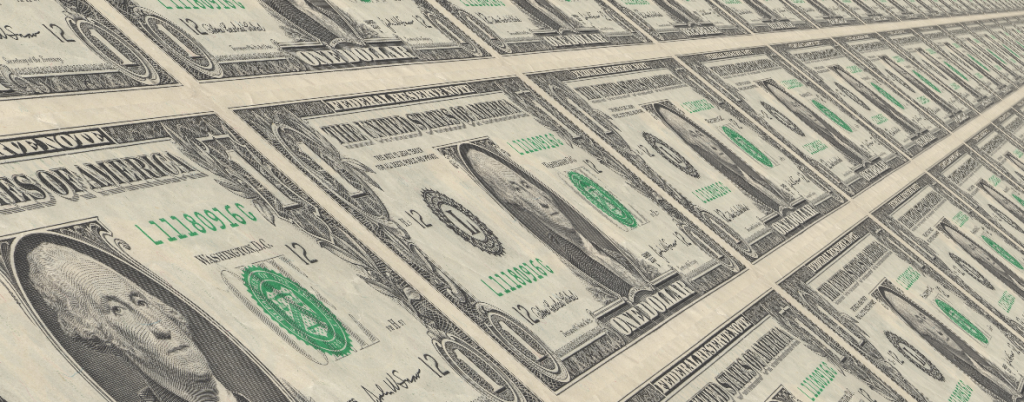In a recent report, the Institute of International Finance estimates that global debt has reached a new record high, 253 trillion dollars by the end of September. The analysis considers that this is debt accumulated mainly by governments and non-financial institutions.
The report highlighted the major role that low interest rates played in spurring funding through loans worldwide, and especially in developed economies and China. And there are signs that, after a period of slight decline, borrowing by the Chinese economy is picking up again which will take global debt to a new all-time high.
 Indeed, in a recent article entitled “What’s Causing China’s Economic Slowdown?” Foreign Affairs noticed that after the measures by the Chinese government to reduce the country`s dependence on debt, the recent economic slowdown has forced the government to turn once more to loans to boost growth. The fear of social tensions that economic stagnation would cause has the government turn a blind eye to the fact that, adjusting for income, Chinese households hold more debt than elsewhere in the developed world, the US included.
Indeed, in a recent article entitled “What’s Causing China’s Economic Slowdown?” Foreign Affairs noticed that after the measures by the Chinese government to reduce the country`s dependence on debt, the recent economic slowdown has forced the government to turn once more to loans to boost growth. The fear of social tensions that economic stagnation would cause has the government turn a blind eye to the fact that, adjusting for income, Chinese households hold more debt than elsewhere in the developed world, the US included.
Higher and higher global debt has at least two important consequences. The first can be easily guessed and is similar to a business taking on too much debt. Its risk profile goes up as debt comes with servicing costs which can put serious pressure on the company if the economy turns sour. Under normal circumstances, such a context would prompt any financer to stop lending.
That doesn`t seem to be the case in the current global economy. The main reason has to do with the extremely cheap money that has been made available by the main central banks. Negative or very small return that investors receive for average risks gives them no choice but to switch to higher-risk issuers. Thus, governments that should get funding at a higher cost or companies that should not get any funding at all, find investors to provide money despite questionable behavior by borrowers.
This is why, the longer the period of abundant and cheap money, the more inflated the bubble of global debt becomes. That takes me to the probably most perverse effect of the cheap money printed by the main central banks.
The huge levels of debt worldwide, mostly sold in hard currencies, with the dollar the most popular, will turn central banks into sitting ducks if economic developments, mainly inflation would require an increase in interest rates. In such an environment the immense level of sovereign and corporate debt worldwide would put unsustainable pressure on governments and companies given the larger amounts that they would have to pay back as interests. So, higher interest rates by central banks in main currency markets could trigger a domino effect around the globe.
In this context, central banks find themselves deprived of the main tool that should be readily at hand to keep inflation under control. This is why they may be dreaming of moderate inflation. A high inflation rate might require monetary policy measures which could lead to recession or even a global crisis. At the same time, moderate inflation may cause a gradual erosion of the fake value created by printed money with no counterpart in neither assets, goods, nor services on the market.
Some central banks` appetite for gold instead of hard currencies shows that even this select club fosters serious doubts about whether the value of the lead currencies so generously printed will be preserved. The fact that so much cash is disappearing from the money flows, with central banks unable to discover where, helps to some extend restore balance by inflationary (but also physical…) erosion. At the same time, though, it shows growing concern about a possible chain reaction which may engulf financial systems and further their super rich depositors with significantly more money placed in banks than the deposit insurance amount.
Have a nice weekend!
Subscribe to receive notifications when new articles are published
